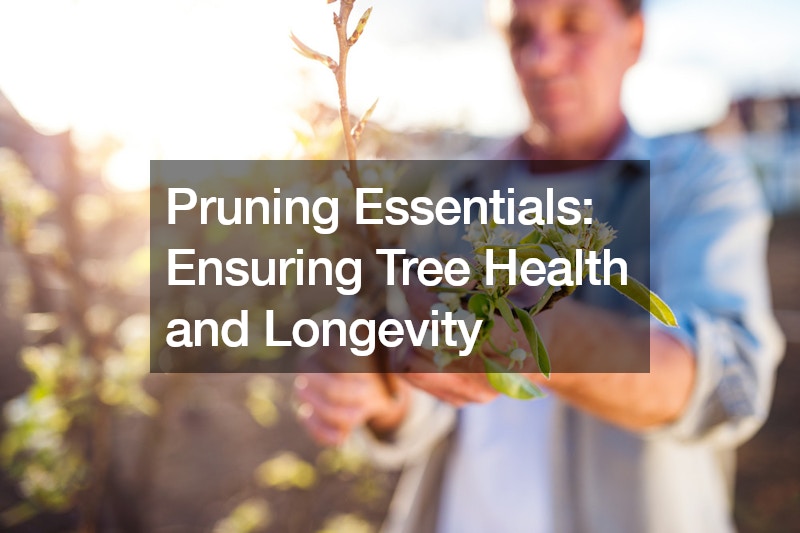Trees are majestic additions to our landscapes, providing shade, beauty, and a habitat for wildlife. But like any living thing, they require care to thrive. Proper pruning is a vital aspect of tree maintenance, promoting healthy growth, enhancing aesthetics, and most importantly, ensuring their longevity.
Why Prune?
While some may view pruning as purely aesthetic, it serves a much greater purpose. One of the key benefits is promoting tree health.
Trees naturally shed branches, but this process can be slow. Pruning removes dead, diseased, or damaged branches, preventing the spread of pathogens and insects throughout the tree. This allows the tree to focus its energy on healthy growth and better resist future threats.
Another crucial benefit is maintaining strong structure. As trees mature, branches can become unbalanced or overcrowded. Pruning helps to thin out congested areas, improving air circulation and light penetration within the canopy. This reduces the risk of branches breaking under heavy weight or during storms, safeguarding your property and loved ones.
The Art of the Cut
While pruning may seem straightforward, proper technique is crucial to avoid harming the tree. Here’s where the concept of the “branch collar” comes in. This is the slightly raised area where a branch meets the main trunk or another larger branch. It contains specialized tissues that help the tree compartmentalize and heal wounds from pruning cuts.
The Secret to Success: Cutting in the Right Spot
Making cuts anywhere else on a branch disrupts this natural healing process. If a cut is too close to the trunk, it can damage the branch collar, leaving the wound exposed and vulnerable to rot. Conversely, cutting too far out on the branch leaves a stub that dies back and creates a larger wound for the tree to try and heal. In both cases, the risk of infection and decay significantly increases.
Over time, rot can spread through the branch and eventually into the main trunk, compromising the entire tree’s health. This can be a devastating outcome, especially for mature trees that have graced your landscape for years.
Hiring a Professional Makes a Difference
Pruning some trees, particularly young ones, can be a manageable DIY project. However, for larger, mature trees, or those with complex branching structures, it’s highly advisable to seek help from a professional tree service.
A certified arborist, someone with specialized knowledge and training in tree care, can assess your trees’ needs and recommend the appropriate pruning techniques. They have the expertise to make the correct cuts at the branch collar, minimizing the risk of damage and promoting healthy healing.
Beyond the Basics
While proper pruning cuts are a vital foundation, a qualified tree service can offer a wider range of services to optimize your trees’ health and beauty. This may include:
- Crown thinning: Selectively removing branches to improve air circulation and light penetration within the canopy.
- Crown cleaning: Removing dead, diseased, or low-hanging branches to enhance aesthetics and safety.
- Crown shaping: Shaping the overall form of the tree for aesthetic reasons or to manage its size.
Investing in the Future
By implementing a regular pruning routine, you’re investing in the future of your trees. Proper pruning not only enhances their beauty and strengthens their structure, but more importantly, it extends their lifespan. Healthy trees contribute significantly to the overall well-being of your property and the environment. So, the next time you consider pruning your trees, remember, a little planning and professional expertise can go a long way in ensuring their continued health and majestic presence for generations to come.
.




